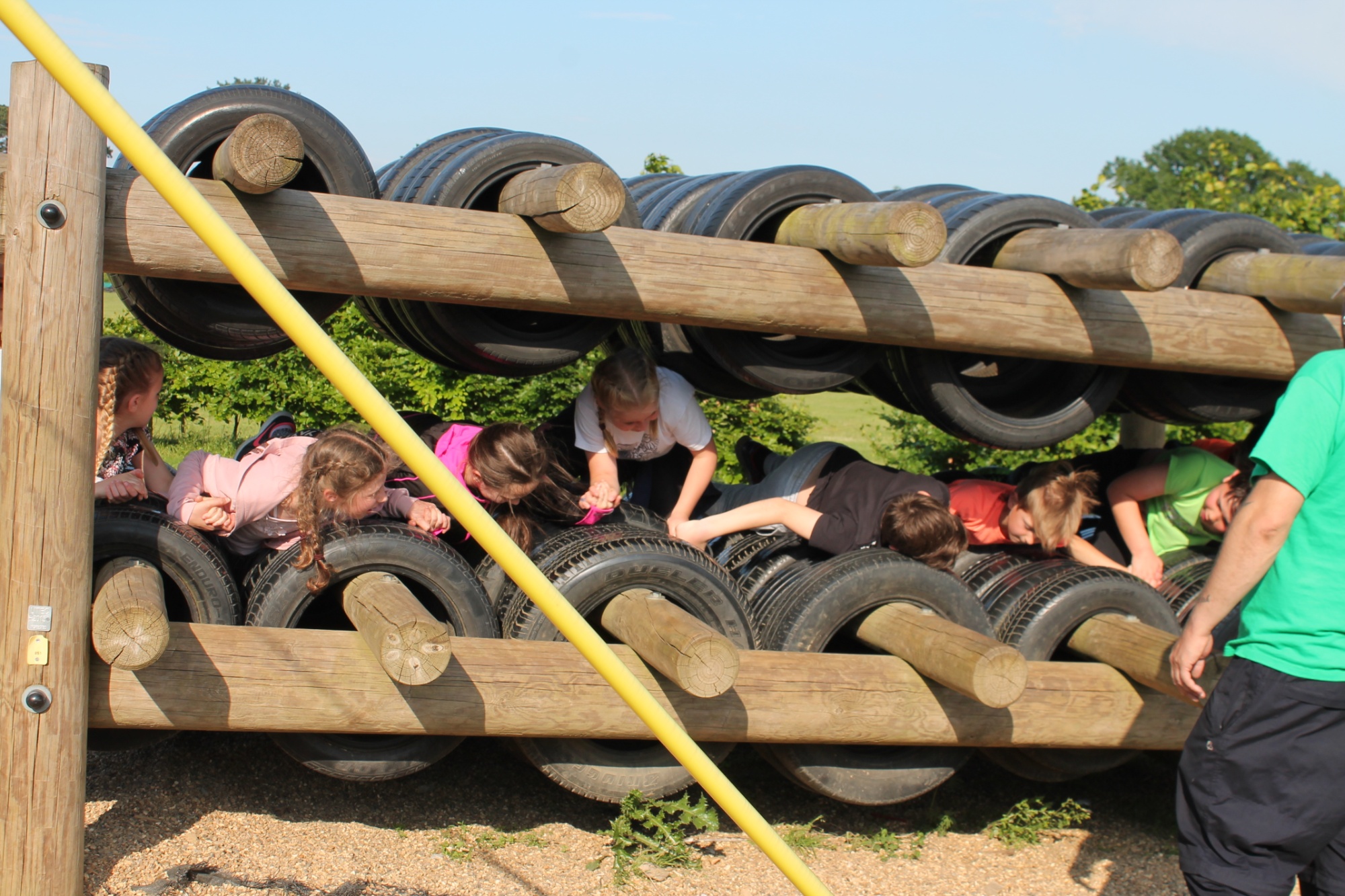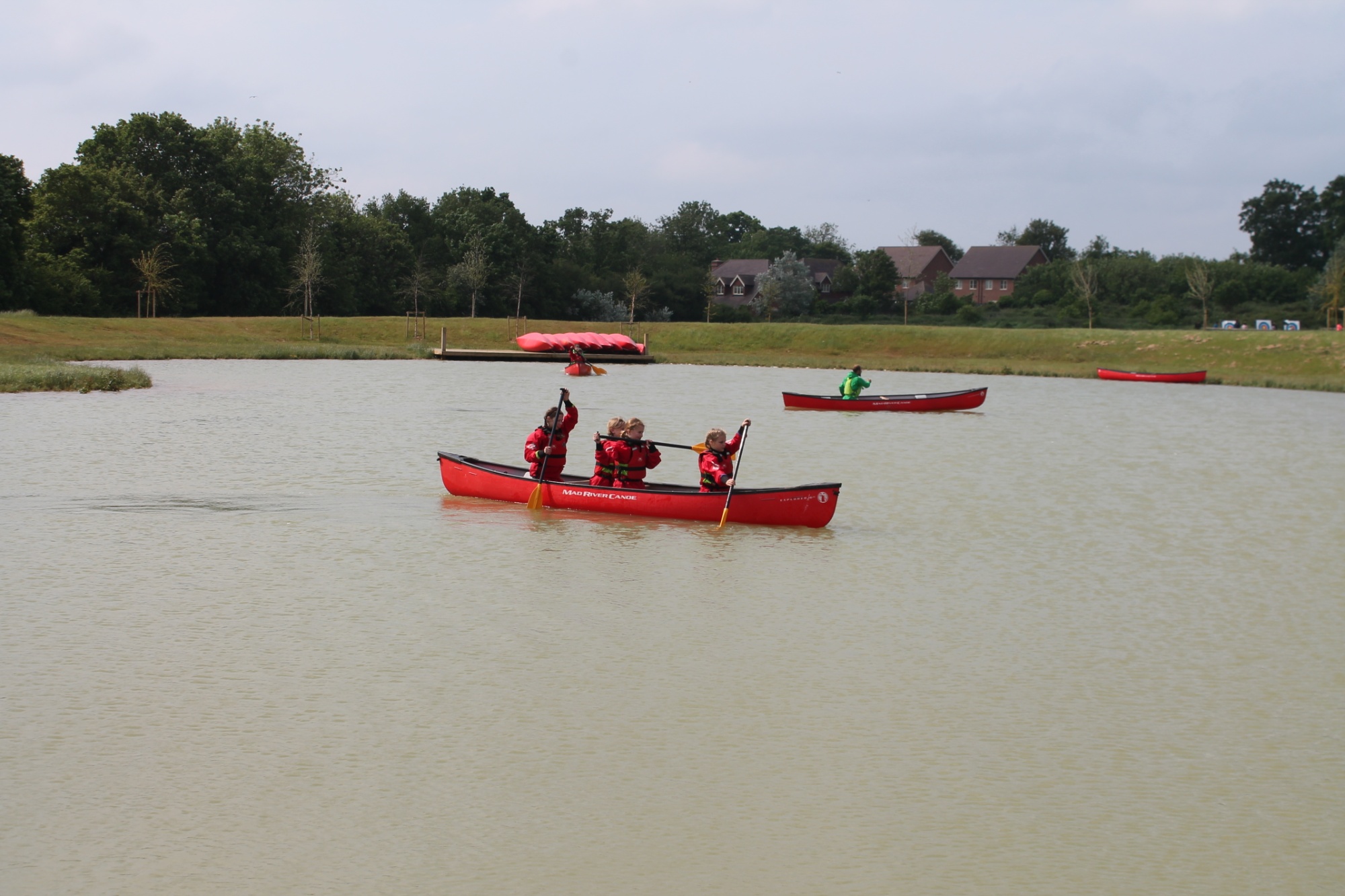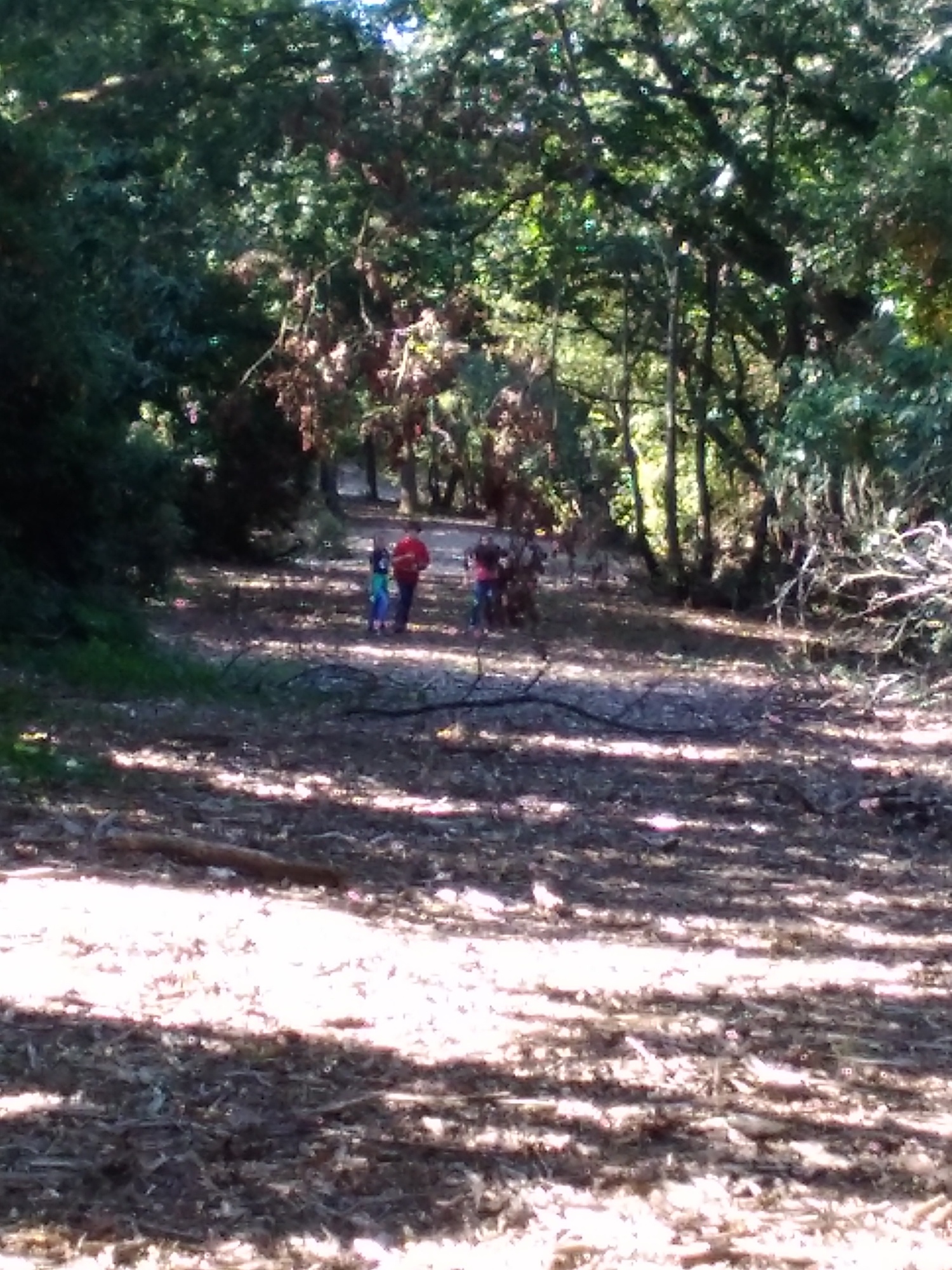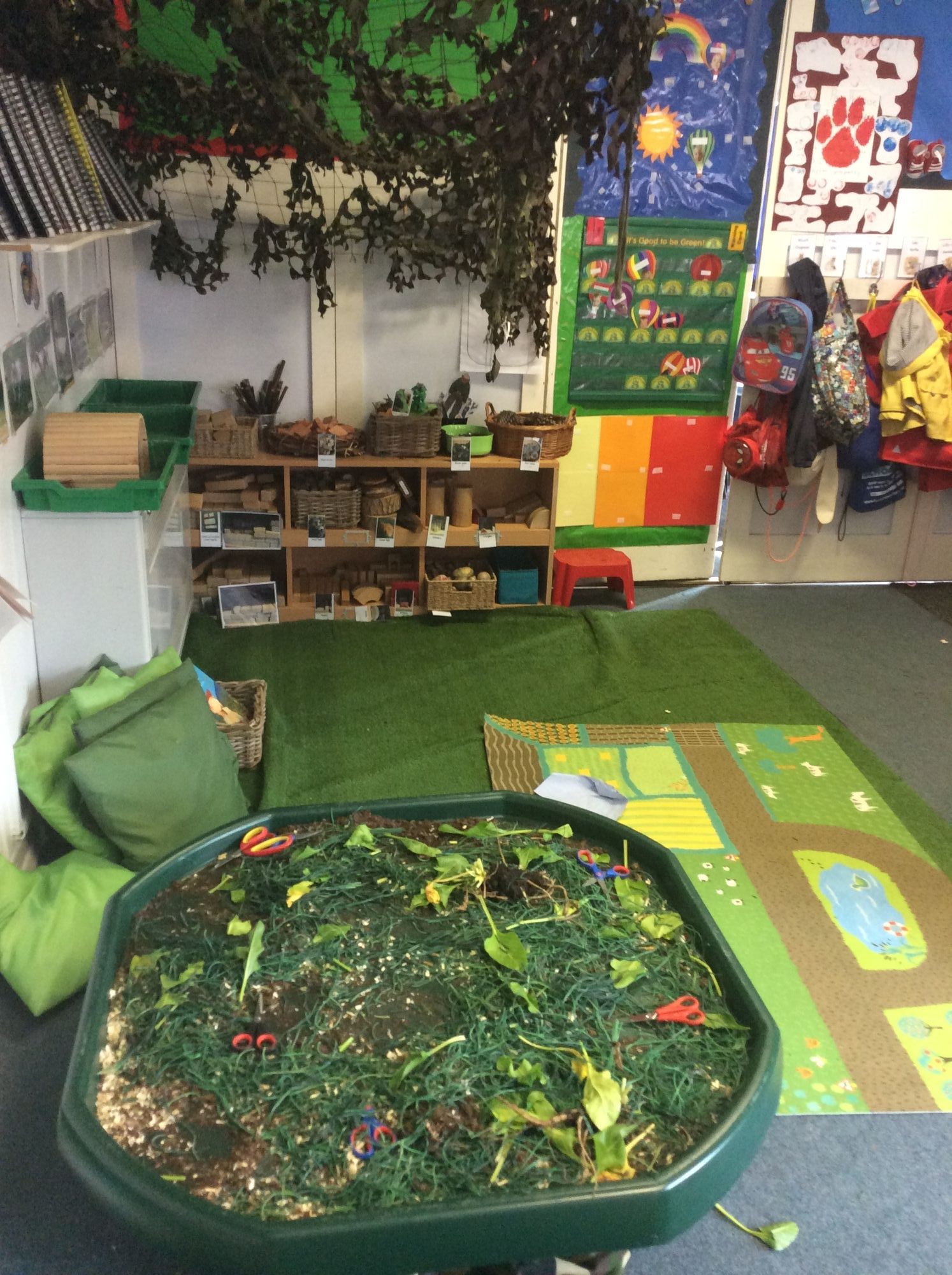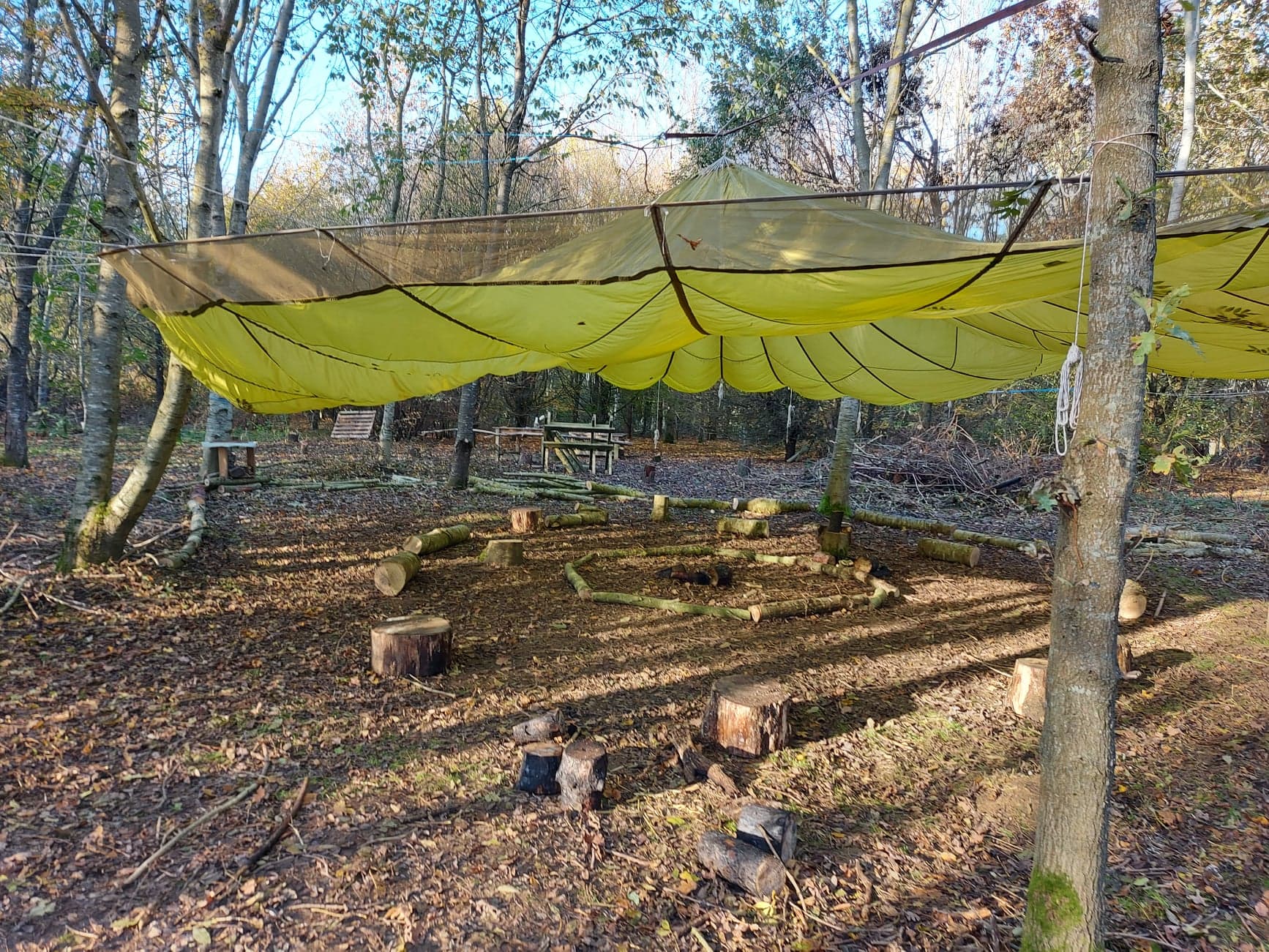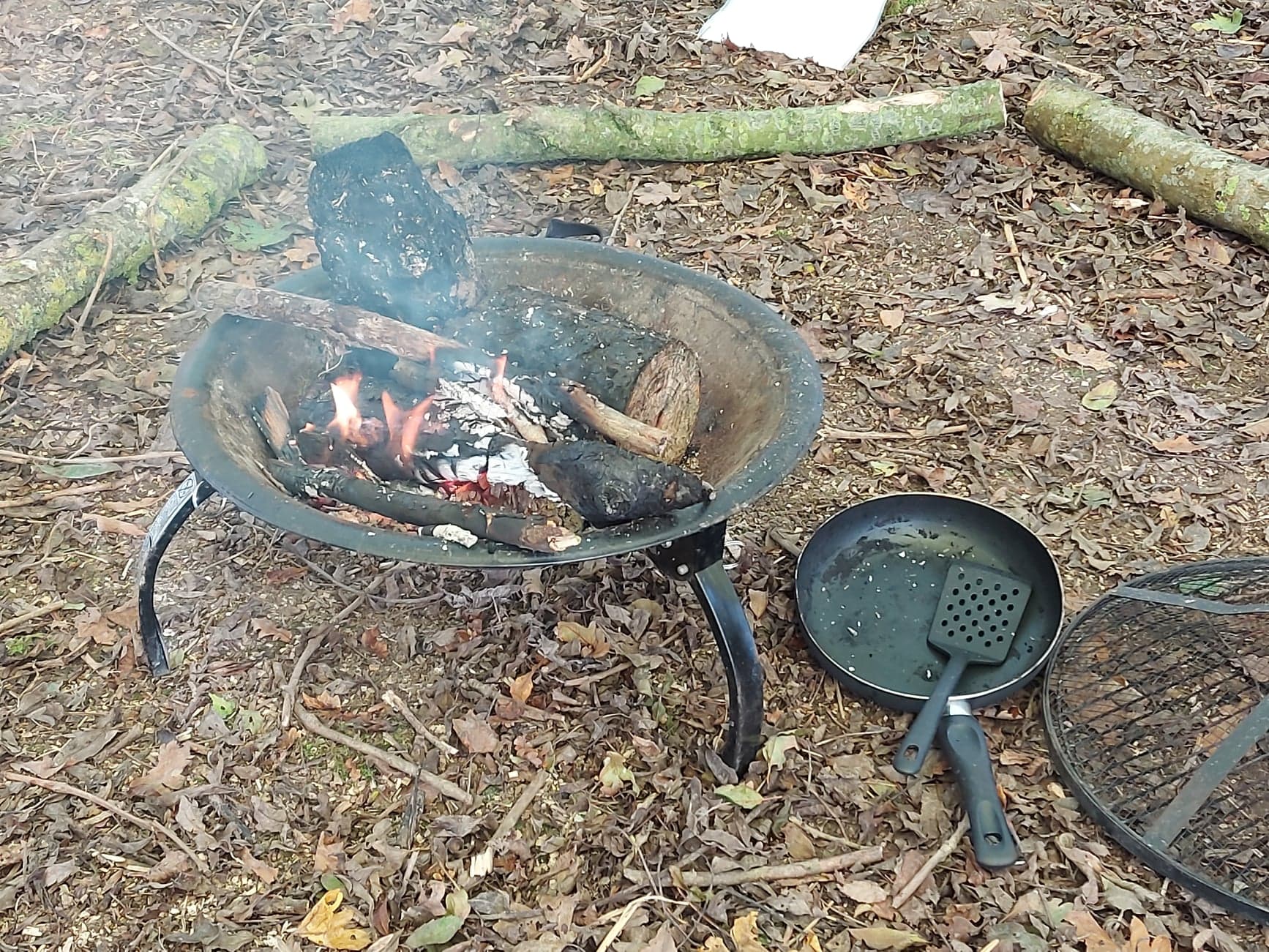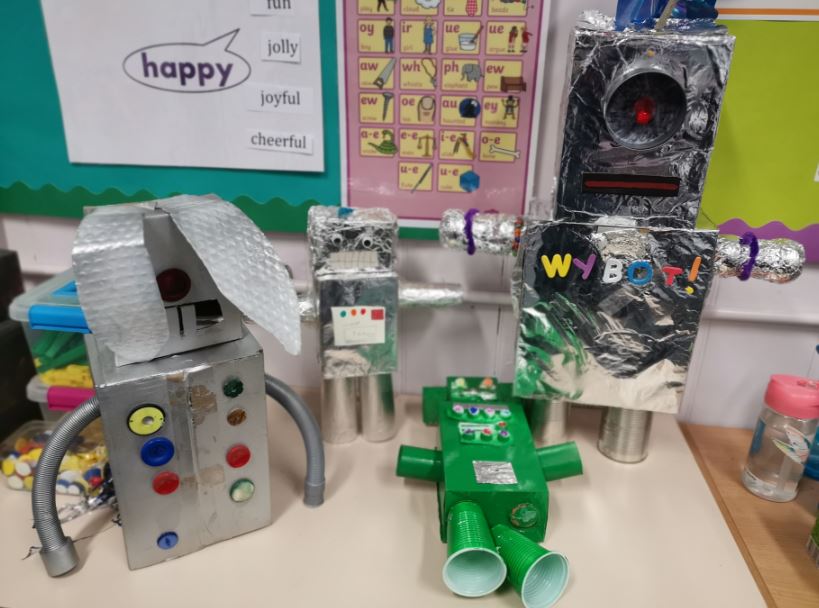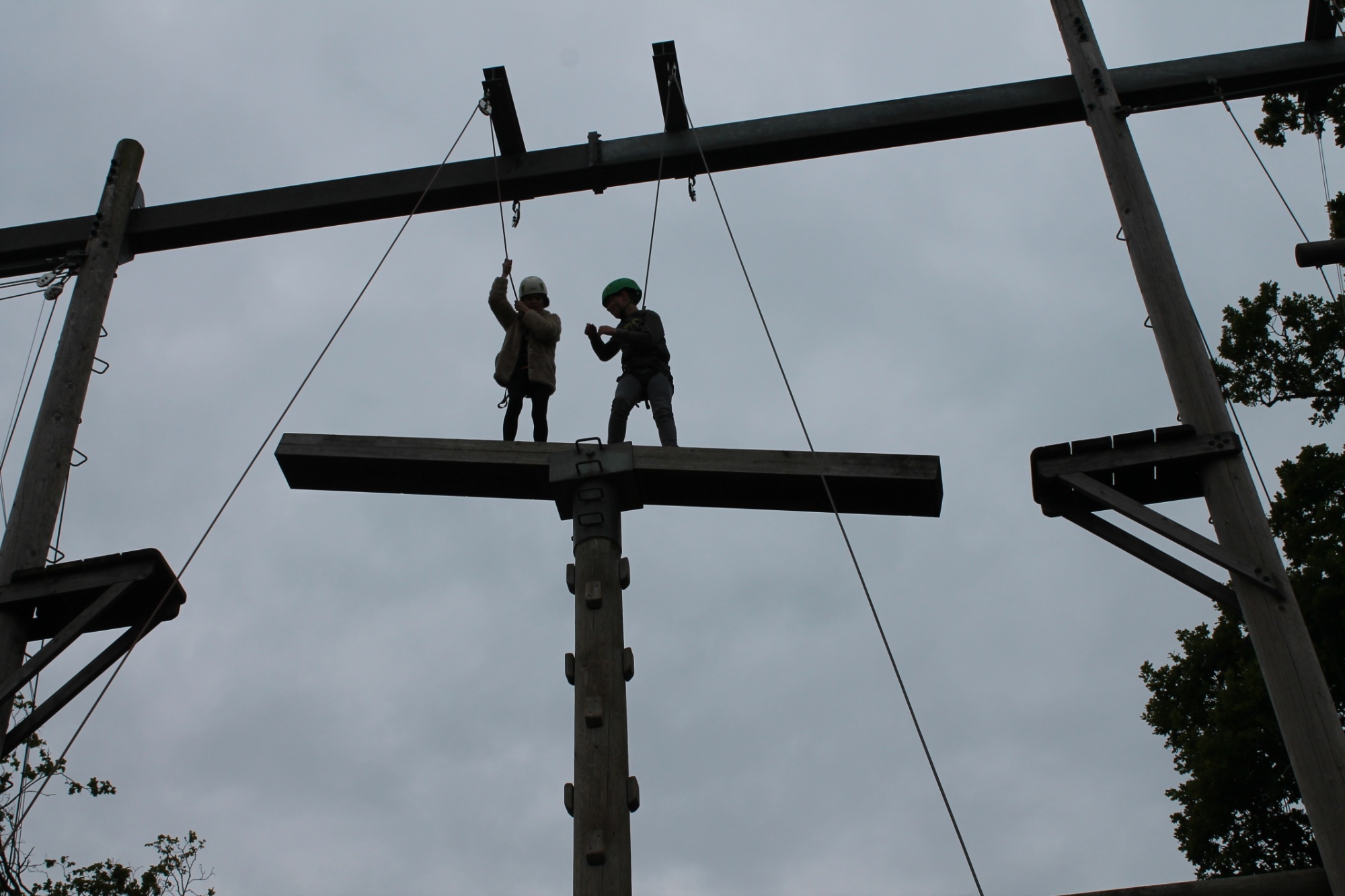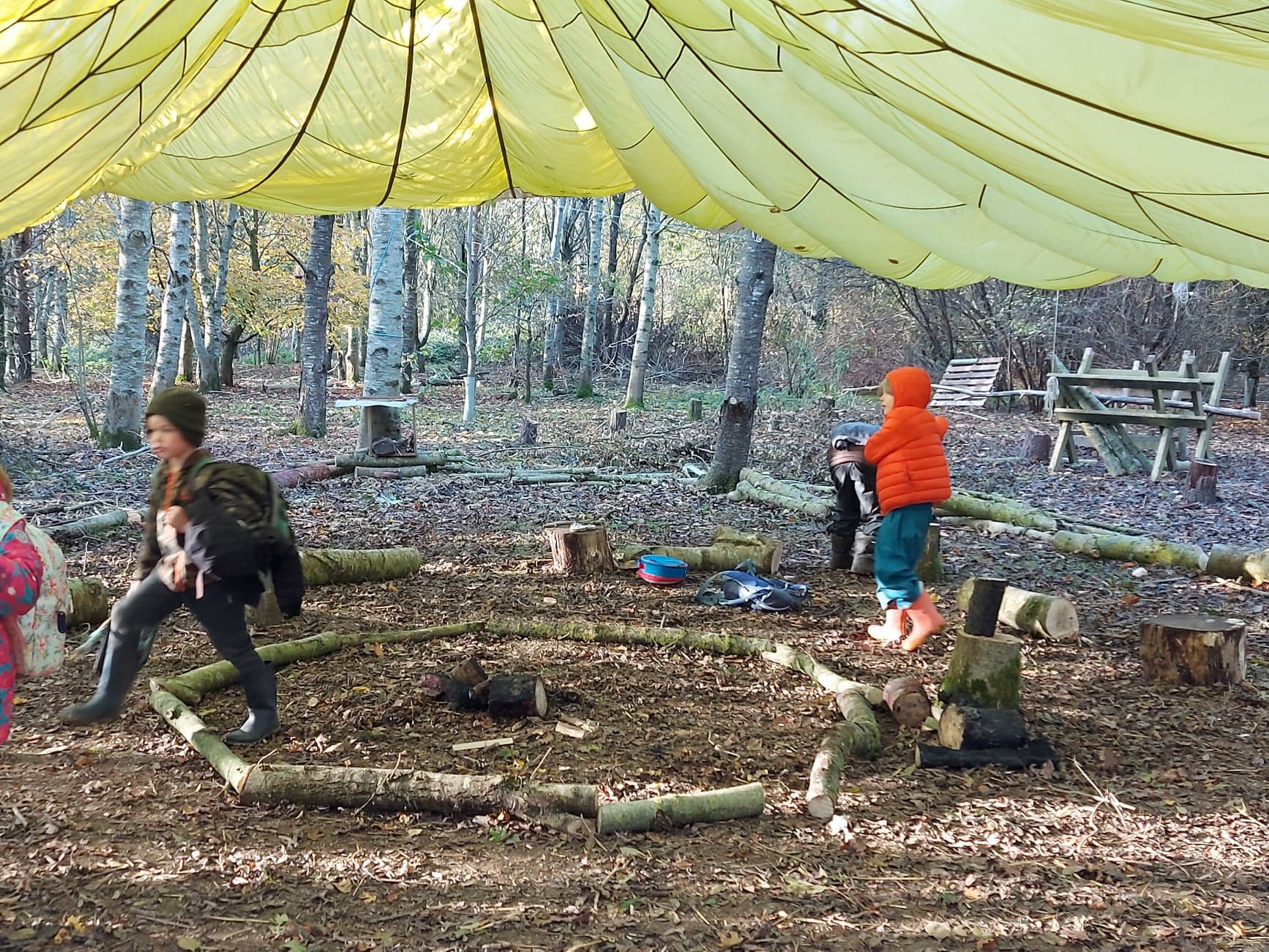Design and Technology
Our Design Technology curriculum prepares children to deal with tomorrow’s rapidly changing world. It enables them to identify needs and opportunities and to respond to them by developing a range of ideas and by making products and systems. Beginning with the foundations in EYFS, our goal is to encourage our children to become independent, creative problem solvers and thinkers as individuals and part of a team that extends beyond Frittenden CofE Primary School.
Through the study of Design and Technology, they combine practical skills with the key aspects of the design process to make products fit for a purpose in a range of contexts. The children will work with a range of materials including wood, textiles and paper constructions. It is important for the children to understand the importance of making on going changes and improvements during the designing and making process. In KS2, children will also look at key events and individual designers in the History of Technology for example the impact of Thomas Edison and Lewis H Latimer in the creation of the light bulb. Children complete DT projects three times over the year and these will often be blocked and may be linked to other curricular links. As part of the products the children follow the design process to design and make a product for a range of purposes and audiences.
The children will be taught how to cook and apply the principles of nutrition and healthy eating as well as looking at the seasonality of ingredients and how they are grown. We make use of our school garden to grow our own ingredients.
Our Christian values underpin all aspects of our teaching and learning. The high aspirations and expectations the teaching team have for the children ensure that no child is given a learning limit or ceiling and that every child is given the opportunity to shepherd, flourish and thrive. The school values are integrated into every D.T. lesson.
Respect: Respect it at the core of our design and technology lessons: respect for the world around us and the environment; respecting innovation and invention; respect for the struggles involved in designing and respect for the resilience of not giving up; respect for the tools and materials we use in learning.
Joy: Children are encouraged to find joy in the everyday; experience joy for their success and the success of others; and to share their joy. This is done through offering supportive advice and giving praise to peers for brilliant effort and achievements.
Compassion: We have compassion for the struggles of design and the designers. A compassionate designer recognises that we are in it together and is a better model to their peers.

